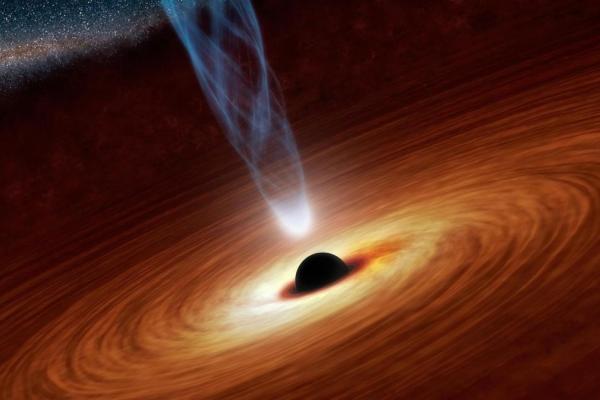
Title: The Growth of Supermassive Black Holes in the Early Universe
Abstract:
The existence of luminous quasars hosting supermassive black holes within the first billion years of cosmic history challenges our understanding of black hole growth. An important piece of the puzzle is the lifetime of quasars - the time that galaxies shine as active quasars and during which the bulk of the black hole growth occurs. I will present a new method to obtain constraints on the lifetime of high-redshift quasars based on the sizes of ionized regions around quasars known as proximity zones, which can act as a "quasar clock" that enables us to study the early assembly of supermassive black holes from a new perspective. Furthermore, I will show the first results on the clustering properties of z>6 quasars based on slitless spectroscopy observations with JWST/NIRCam, which provide new insights onto the duty cycle of quasars in the early universe and their dark matter halo properties.
Speaker: Christina Eilers (MIT)
Image Description and Credit: An artist's depiction of a supermassive black hole. (NASA/JPL-Caltech)
